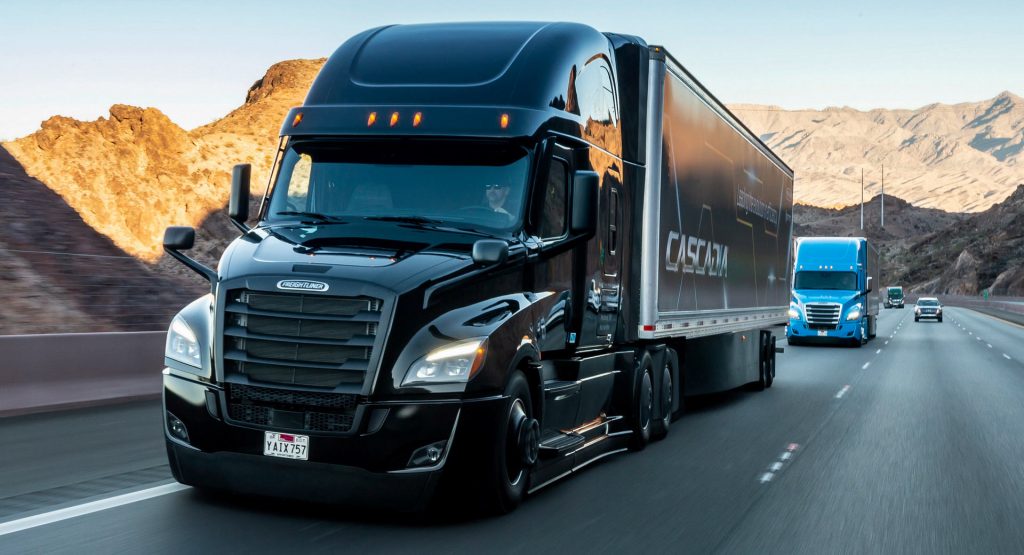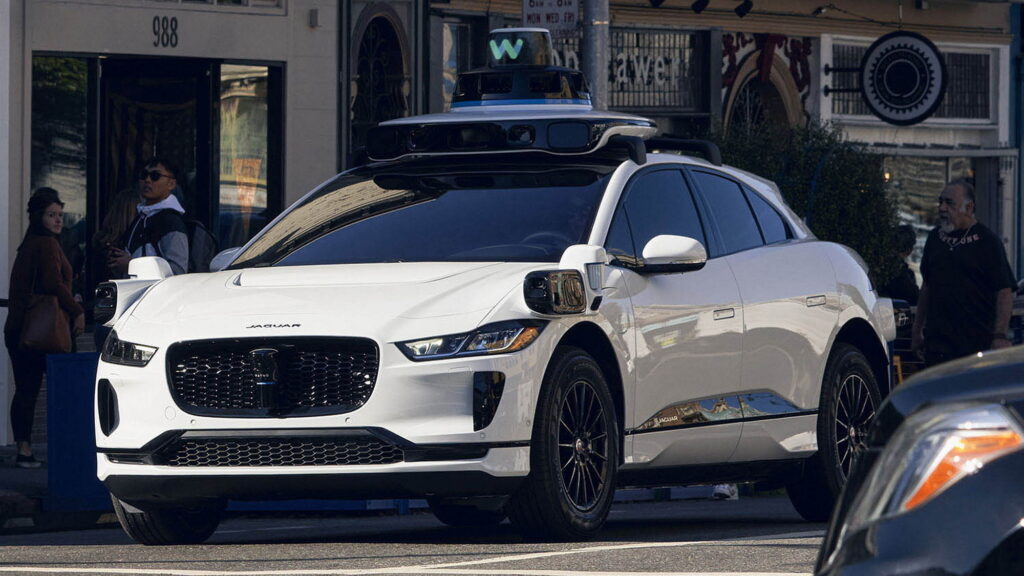Concerns about the safety of self-driving trucks are mounting in California, prompting discussions about imposing new restrictions. This comes in the wake of several incidents involving vehicles developed by Cruise and Alphabet.
Currently, the permitting of autonomous vehicles in California falls under state regulators’ jurisdiction. However, Senator Dave Cortese has sponsored a bill proposing a significant shift in control, suggesting that cities should oversee permits for self-driving vehicles and related regulations.
Additionally, a separate bill by Assembly Majority Leader Cecilia Aguiar-Curry would introduce a mandate for a trained human driver to be present behind the wheel of any self-driving vehicle weighing over 10,001 lbs (4,536 kg).
The proposal comes four months after the debate about autonomous vehicles on Californian roads reached a fever pitch when a Cruise robotaxi hit and dragged a pedestrian in October. While that incident did not involve a self-driving truck weighing more than 10,001 lbs, nor did the recent case of a Waymo vehicle hitting a cyclist, there is a growing anti-robotaxi sentiment spreading through many communities in California.

Earlier this week, revelers in San Francisco torched a Jaguar I-Pace robotaxi operated by Waymo.
Reuters notes that an earlier version of the truck-related bill was passed by lawmakers in California last year but was later vetoed by Governor Gavin Newsom, who claimed the current regulatory framework was adequate.
Read: Waymo Robotaxi Hits Cyclist In San Francisco, Keeps The Spirit Of Cruise Alive
“It’s a common-sense measure that keeps humans on board a truck until we have a plan for our workers and we’re sure that tech bros aren’t jamming unsafe technology down our throats,” State Assembly member Cecilia Aguiar-Curry said on Monday.
A spokesperson for Governor Newsom commented that he “will evaluate the bill on its merits if it reaches his desk.”
California currently prohibits the operation of heavy-weight autonomous trucks, but regulatory frameworks are being developed to permit their use. In contrast, states such as Texas and Arkansas already permit the testing and operation of self-driving trucks.




